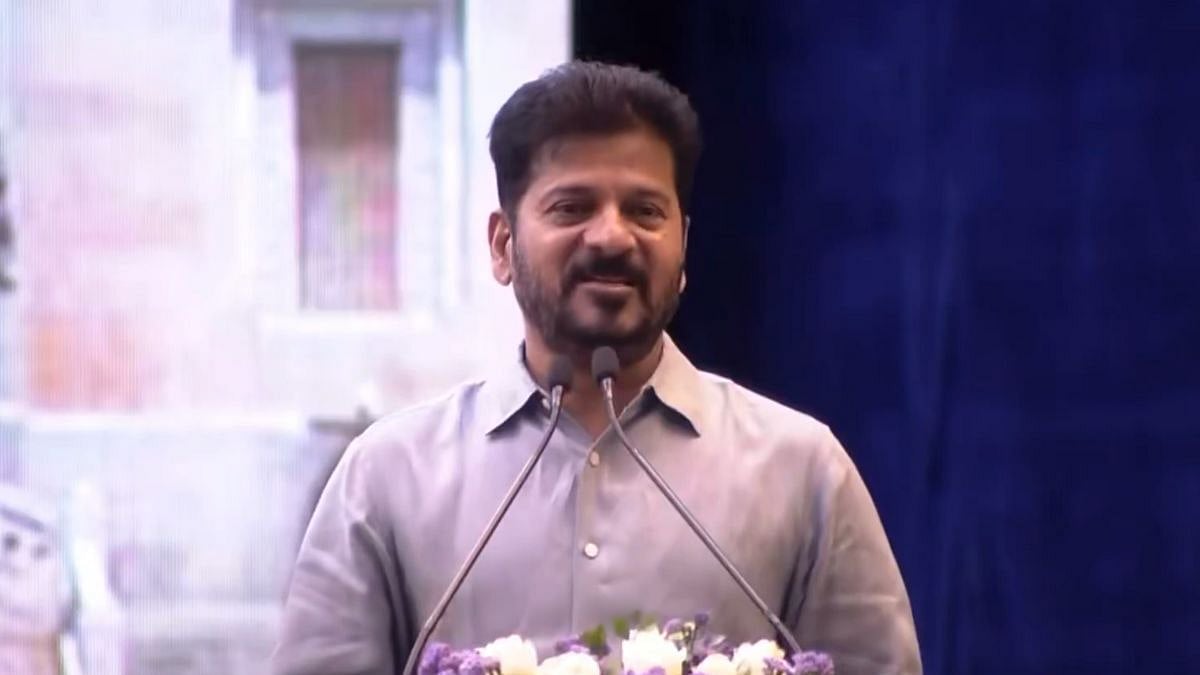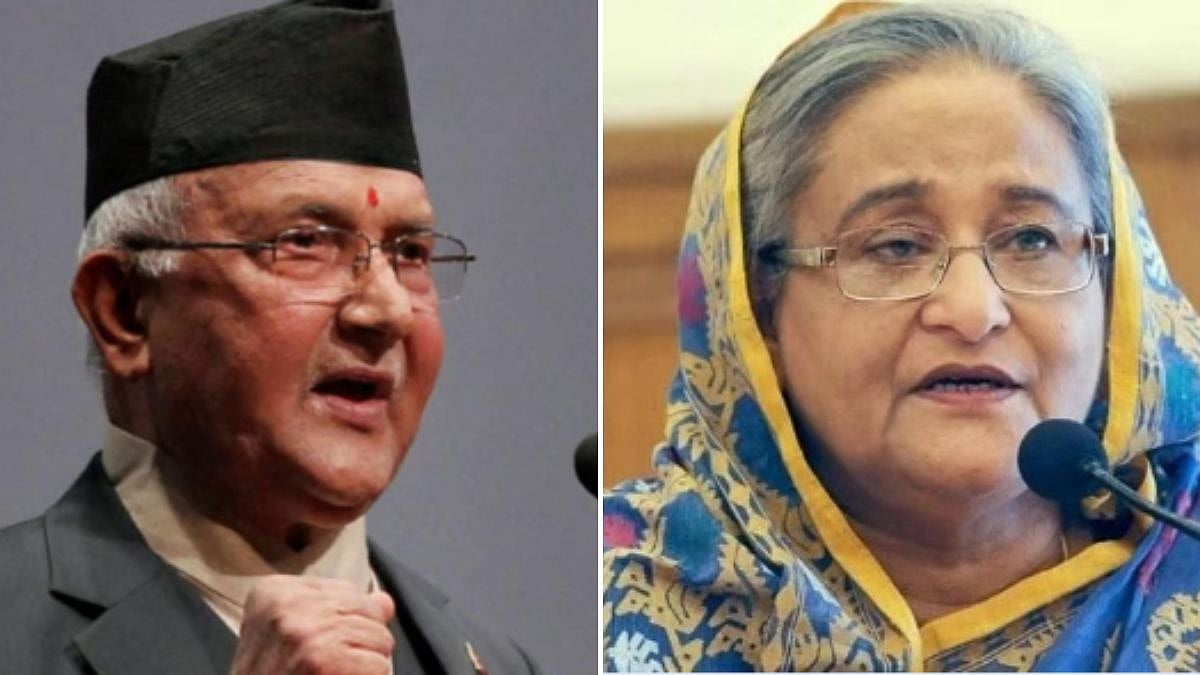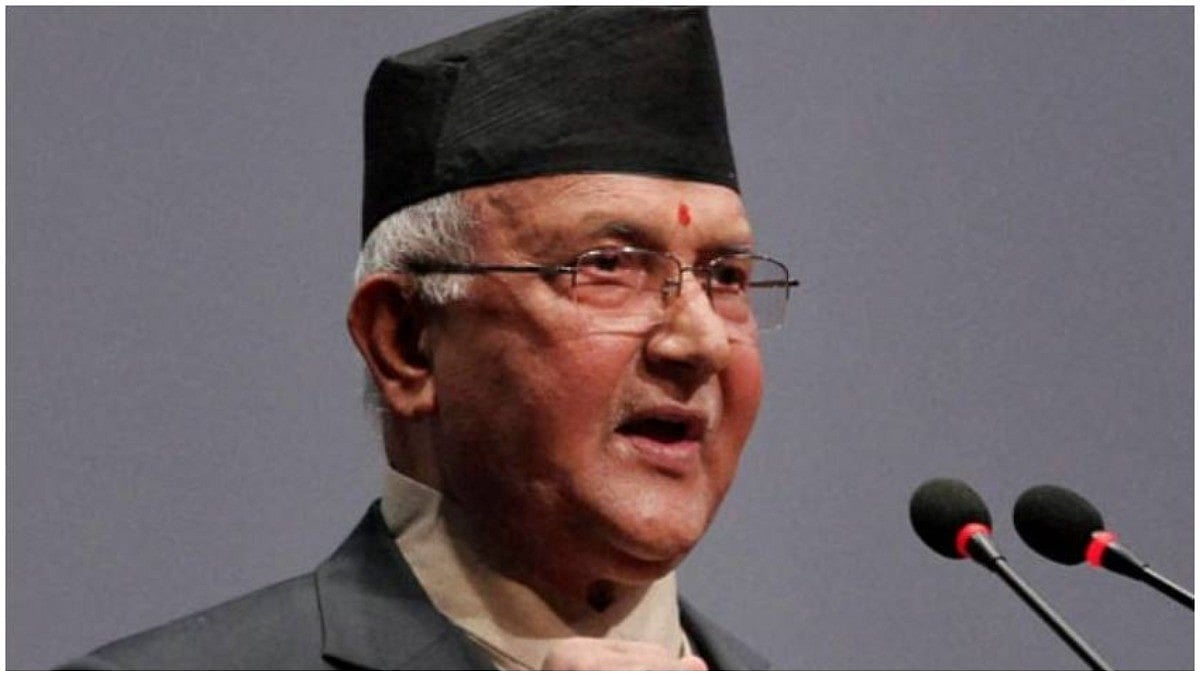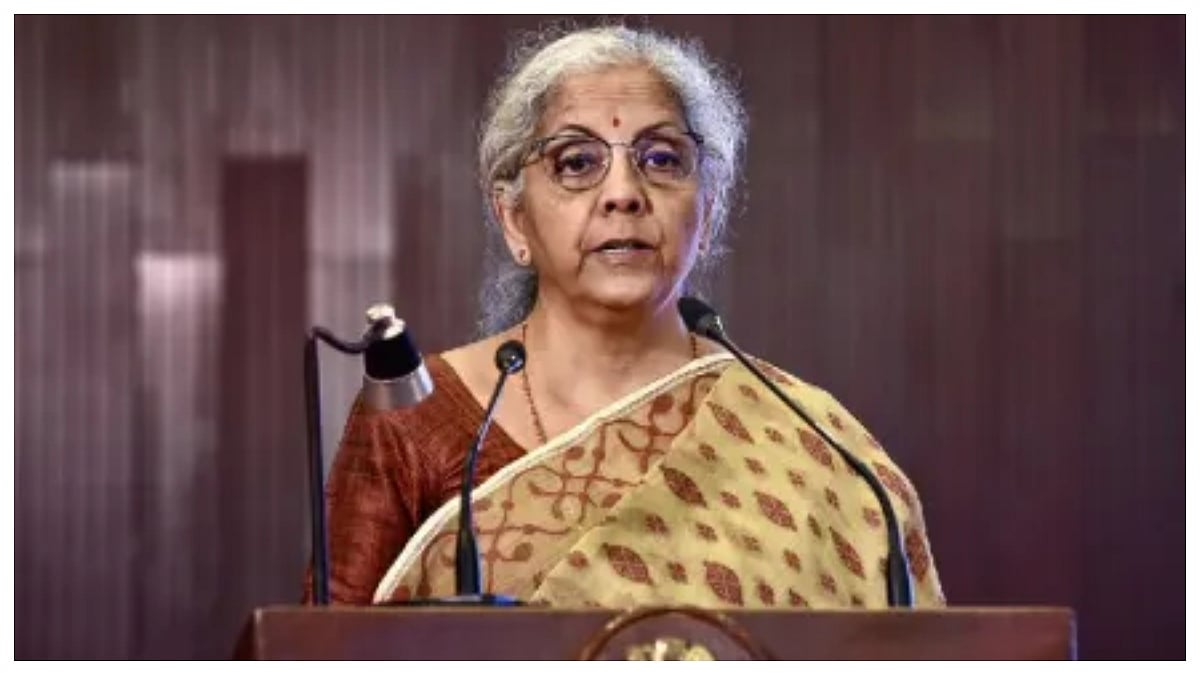The credit policy was an eagerly awaited announcement as usual. While it was almost certain that the repo rate would be hiked, there was speculation on the quantum of the hike and the stance to be taken by the MPC. And for banks, there was some apprehension if there would be more action on the CRR.
The fact that the market reaction was sombre is indicative of the fact that there was no major surprise as things have gone according to expectations. The ten-year bond yield has remained in the region of 7.50%, and has come down below this level, to begin with. What is one to make of this policy?
The first is that the RBI has signalled that inflation will be our Achilles heel this year with three quarters registering higher than 6%. This also means that the repo rate will only go up which is good for the deposit holders but not for borrowers. There have been indications given that the RBI would be on the path of withdrawing the extraordinary accommodation which was provided during the pandemic. Hence this can be interpreted as saying that the repo rate will go back to 5.15% for sure, which was the rate before the lockdown. And, of course, there are chances of being increased further especially if the inflation rate will be above 6% till December. There are policies coming up in August, October, and December and hence it will be interesting to see how many more hikes there will be. A measured guess will be that it could go up by 75 bps at least.
The second is what happens to deposit rates? Normally deposit rates tend to increase with a lag and it is only new deposits that would get the higher rates. Typically, the elasticity of deposit rates would be around 50% meaning thereby that if the repo rate increases by 100 bps deposit rates should increase by 50 bps. However, the current situation is different because there is surplus liquidity in the system and the banks do not need extra funds. Hence, there will be steeper lags in increase in deposit rates. There is no point in increasing deposit rates and gathering funds that are invested in the SDF for 4.65%. The credit cycle should turn.
Third, lending rates will react disparately for customers. Ever since the concept of external benchmarks has been introduced, banks have linked loans to the repo rate or a Gsec benchmark. Loans such as those on homes are linked to the repo rate. Here there will be a swift transmission of higher interest rates to the borrowers. In case of the MCLR however, the movement will be sluggish as it is based on a formula that has also deposit costs as a component. Therefore, loans linked to the MCLR will see less traction than those tied to the repo rate. In case of loans tied to the government security rate, there will still be some respite because both treasury bills and Gsec yields react at a slower rate as there is also central bank action in motion which ensures there are no spikes in rates. Besides, the RBI had assured in its policy that it would be separately talking about how the government borrowing programme would be conducted with minimum distortions.
Fourth, the RBI has not invoked a CRR rate hike which is a relief for banks because such impounding of funds earns no interest for them. The earlier 50 bps hike withdrew around Rs 80,000 crores which even at the SDF rate of 4.65% would mean a loss of around Rs 3700 crores
Fifth, the RBI has not changed its position on growth for the year which is to be at 7.2%. This sounds fair as the first two months of the financial year have been good for the economy. GST collections continue on the accelerated path. The PMIs for manufacturing and services have been up. Exports are still buoyant and the core sector data for April was surprisingly high despite the high base effect. Therefore, the economy has shown resilience to the war and its impact on the growth front.
Sixth, the RBI now has a forecast of an average of 6.7% for inflation. This is serious and worrisome because continued inflation of 6.2% in FY21, 5.5% in FY22 and now 6.7% in FY23 would mean that cumulatively the cost of living has gone up by 18.4% in three years after a rather tumultuous journey with the pandemic and lockdown affecting the economy quite perceptibly. This can come in the way of consumption this year because the pent-up demand phenomenon has played its part in the third and fourth quarters of FY22 and would get diluted further this quarter as households satiate themselves in travel and holidays for the season.
Therefore, the future remains a bit uncertain and needs monitoring from the policy perspective. The centre has done its bit on taxes to control inflation. But something more has to be done if inflation has to be brought back to the 6% mark soon. The tax framework of the centre and states can be revisited.
(Madan Sabnavis is Chief Economist, Bank of Baroda, and author of Lockdown or economic destruction? Views expressed are personal)










